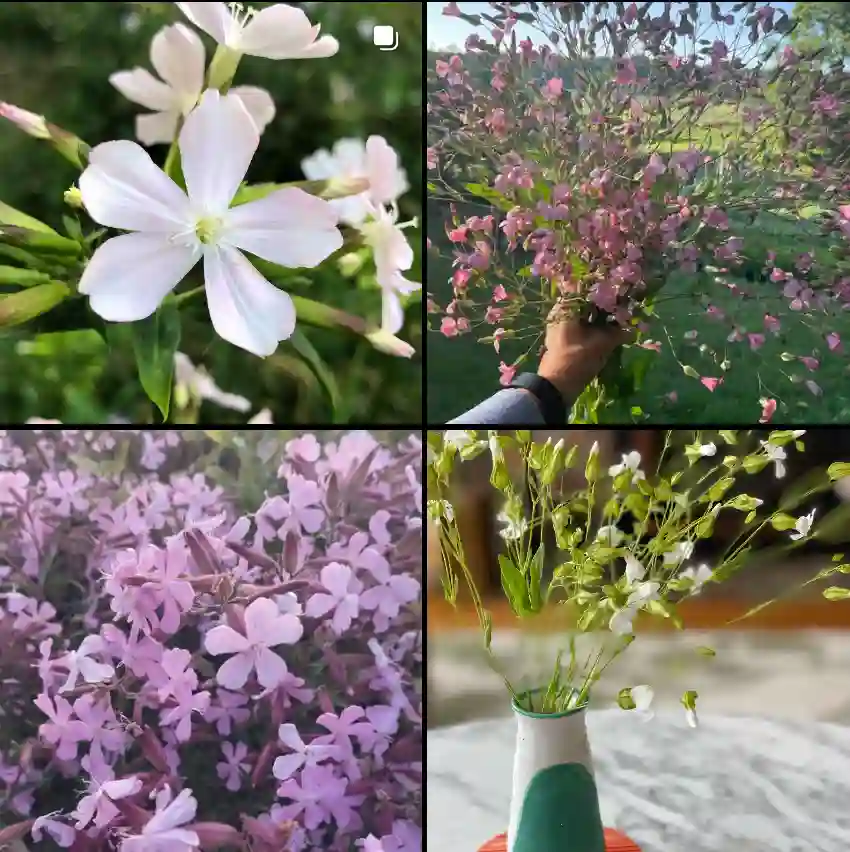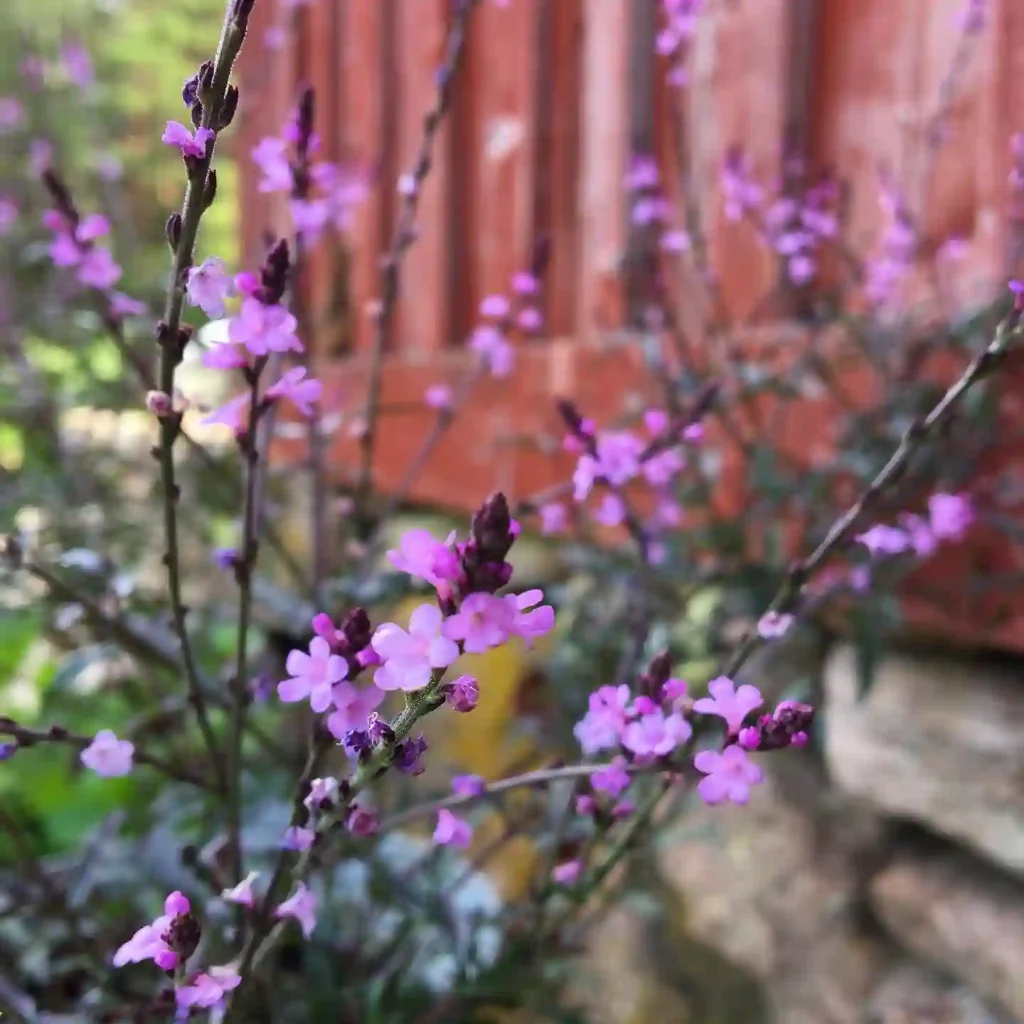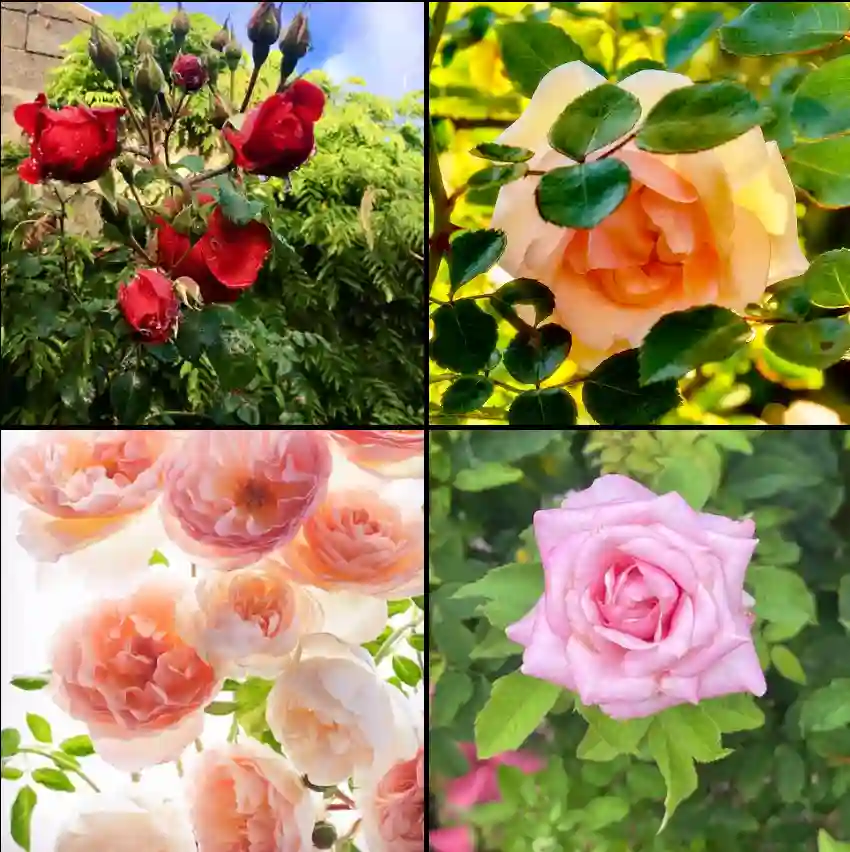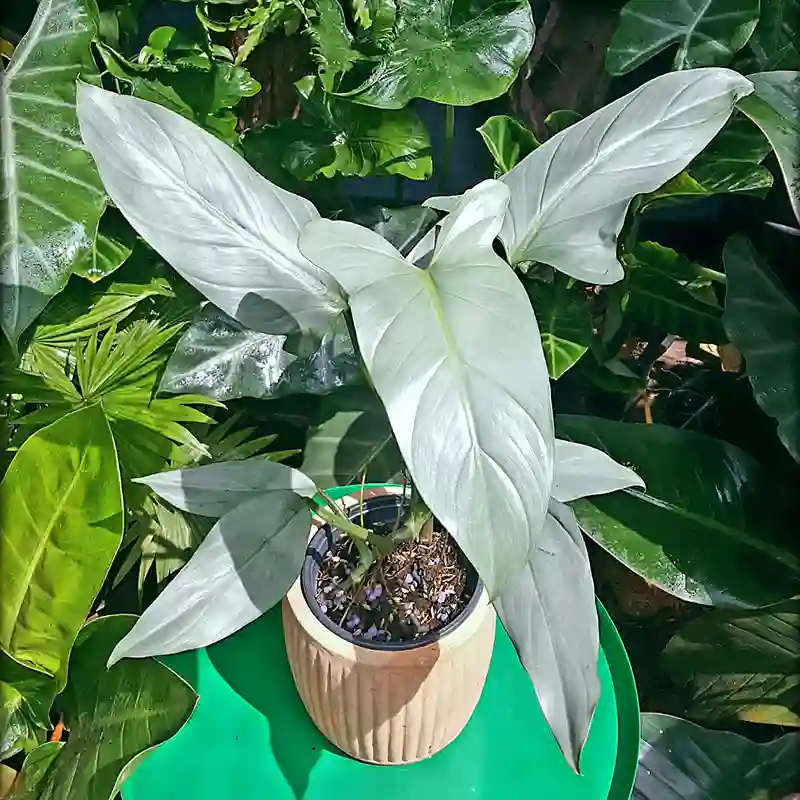A Deep Dive into the World of Packera
I’ve always been fascinated by the diversity of the plant kingdom. The sheer variety of forms, colors, and adaptations never ceases to amaze me. Lately, I’ve been particularly drawn to the genus Packera, a group of plants in the Asteraceae family, more commonly known as ragworts or groundsels. These often-overlooked plants possess a unique beauty and ecological importance that I believe deserves more attention.
Understanding the Packera Genus
Packera is a relatively large genus, comprising around 77 species. These plants are primarily native to North and Central America, with a few species found in Eurasia. They typically inhabit a variety of habitats, including meadows, woodlands, and alpine regions.
One of the defining characteristics of Packera species is their inflorescence, which consists of clusters of small, daisy-like flower heads. These flower heads are usually yellow, but some species may exhibit orange or reddish hues. The leaves of Packera plants are often deeply lobed or divided, and they can vary significantly in shape and size depending on the species.
Packera Species
The genus Packera boasts a diverse array of species, each with its own unique characteristics and ecological niche. Here are:
- Packera actinella (Greene) W.A.Weber & Á.Löve
- Packera anonyma (Alph.Wood) W.A.Weber & Á.Löve Plant FAQs: Packera Anonyma
- Packera antennariifolia (Britton) W.A.Weber & Á.Löve
- Packera aurea (L.) Á.Löve & D.Löve Plant FAQs: Packera Aurea – Golden Groundsel
- Packera bellidifolia (Kunth) W.A.Weber & Á.Löve
- Packera bernardina (Greene) W.A.Weber & Á.Löve
- Packera bolanderi (A.Gray) W.A.Weber & Á.Löve
- Packera breweri (Burtt Davy) W.A.Weber & Á.Löve
- Packera cana (Hook.) W.A.Weber & Á.Löve
- Packera candidissima (Greene) W.A.Weber & Á.Löve
- Packera cardamine (Greene) W.A.Weber & Á.Löve
- Packera castoreus (S.L.Welsh) Kartesz
- Packera clevelandii (Greene) W.A.Weber & Á.Löve
- Packera cliffordii (N.D.Atwood & S.L.Welsh) O’Kane
- Packera coahuilensis (Greenm.) C.Jeffrey
- Packera contermina (Greenm.) J.F.Bain
- Packera crawfordii (Britton) A.M.Mahoney & R.R.Kowal
- Packera crocata (Rydb.) W.A.Weber & Á.Löve
- Packera cymbalaria (Pursh) W.A.Weber & Á.Löve
- Packera cynthioides (Greene) W.A.Weber & Á.Löve
- Packera debilis (Nutt.) W.A.Weber & Á.Löve
- Packera dimorphophylla (Greene) W.A.Weber & Á.Löve
- Packera dubia (Spreng.) Trock & Mabb.
- Packera eurycephala (Torr. & A.Gray) W.A.Weber & Á.Löve
- Packera fendleri (A.Gray) W.A.Weber & Á.Löve
- Packera flettii (Wiegand) W.A.Weber & Á.Löve
- Packera franciscana (Greene) W.A.Weber & Á.Löve
- Packera ganderi (T.M.Barkley & R.M.Beauch.) W.A.Weber & Á.Löve
- Packera glabella (Poir.) C.Jeffrey Plant FAQs: Packera Glabella – Butterweed
- Packera greenei (A.Gray) W.A.Weber & Á.Löve
- Packera hartiana (A.Heller) W.A.Weber & Á.Löve
- Packera hesperia (Greene) W.A.Weber & Á.Löve
- Packera heterophylla (Fisch.) E.Wiebe
- Packera hintoniorum (B.L.Turner) C.Jeffrey
- Packera hyperborealis (Greenm.) Á.Löve & D.Löve
- Packera indecora (Greene) Á.Löve & D.Löve
- Packera insulae-regalis R.R.Kowal
- Packera ionophylla (Greene) W.A.Weber & Á.Löve
- Packera layneae (Greene) W.A.Weber & Á.Löve
- Packera loratifolia (Greenm.) W.A.Weber & Á.Löve
- Packera macounii (Greene) W.A.Weber & Á.Löve
- Packera malmstenii (S.F.Blake ex Tidestr.) Kartesz
- Packera mancosana Yeatts, B.Schneid. & Al Schneid.
- Packera mancosiana Yeatts, B.Schneid. & Al Schneid.
- Packera × memmingeri (Britton ex Small) Weakley
- Packera millefolium (Torr. & A.Gray) W.A.Weber & Á.Löve
- Packera millelobata (Rydb.) W.A.Weber & Á.Löve
- Packera montereyana (S.Watson) C.Jeffrey
- Packera moranii (T.M.Barkley) C.Jeffrey
- Packera multilobata (Torr. & A.Gray) W.A.Weber & Á.Löve
- Packera musiniensis (S.L.Welsh) Trock
- Packera neomexicana (A.Gray) W.A.Weber & Á.Löve
- Packera obovata (Willd.) W.A.Weber & Á.Löve Plant FAQs: Packera Obovata
- Packera ogotorukensis (Packer) Á.Löve & D.Löve
- Packera pauciflora (Pursh) Á.Löve & D.Löve
- Packera paupercula (Michx.) Á.Löve & D.Löve
- Packera plattensis (Nutt.) W.A.Weber & Á.Löve
- Packera porteri (Greene) C.Jeffrey
- Packera pseudaurea (Rydb.) W.A.Weber & Á.Löve
- Packera quebradensis (Greenm.) W.A.Weber & Á.Löve
- Packera quercetorum (Greene) C.Jeffrey
- Packera rosei (Greenm.) W.A.Weber & Á.Löve
- Packera sanguisorbae (DC.) C.Jeffrey
- Packera sanguisorboides (Rydb.) W.A.Weber & Á.Löve
- Packera scalaris (Greene) C.Jeffrey
- Packera schweinitziana (Nutt.) W.A.Weber & Á.Löve
- Packera serpenticola Boufford, Kartesz, S.H.Shi & R.Zhou
- Packera spellenbergii (T.M.Barkley) C.Jeffrey
- Packera streptanthifolia (Greene) W.A.Weber & Á.Löve
- Packera subnuda (DC.) Trock & T.M.Barkley
- Packera tampicana (DC.) C.Jeffrey
- Packera texensis O’Kennon & Trock
- Packera thurberi (A.Gray) B.L.Turner
- Packera toluccana (DC.) W.A.Weber & Á.Löve
- Packera umbraculifera (S.Watson) W.A.Weber & Á.Löve
- Packera werneriifolia (A.Gray) W.A.Weber & Á.Löve ex Trock
- Packera zimapanica (Hemsl.) C.C.Freeman & T.M.Barkley
The Ecological Role of Packera
Packera species play a crucial role in their respective ecosystems. Their flowers provide a valuable source of nectar and pollen for a variety of pollinators, including bees, butterflies, and moths. The seeds of Packera plants are also an important food source for birds and small mammals.
Furthermore, some Packera species have been traditionally used for medicinal purposes. For instance, Packera aurea was used by Native Americans to treat a variety of ailments, including skin conditions and respiratory problems.
Conservation Concerns
While many Packera species are relatively common, some are facing threats due to habitat loss and degradation. For example, Packera antennariifolia (Shale Barren Ragwort), a species endemic to the shale barrens of the eastern United States, is considered rare and vulnerable due to its restricted habitat.
Conservation efforts are crucial to ensure the continued survival of these valuable plants. Protecting and restoring their natural habitats, as well as raising awareness about their importance, are essential steps in preserving the diversity of the Packera genus.
My Personal Connection to Packera
My interest in Packera stems from a desire to understand the intricate relationships between plants and their environment. I am particularly intrigued by the adaptations that allow Packera species to thrive in a wide range of habitats, from harsh alpine conditions to lush meadows.
I believe that by studying and appreciating these often-overlooked plants, we can gain a deeper understanding of the natural world and our place within it. I encourage everyone to take a closer look at the Packera plants in their own local ecosystems and marvel at their resilience and beauty.
If i die, water my plants!



